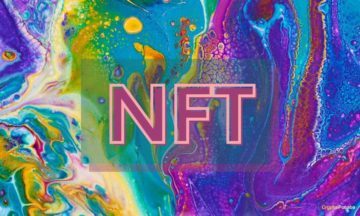Justin E. H. Smith in Damage:
 I thought I was so clever. For a few days, anyway.
I thought I was so clever. For a few days, anyway.
In early 2021, as you almost certainly know, “Non-Fungible Tokens”, or NFTs, burst onto the scene and changed the way we talk and think. An NFT is a sort of digital title or deed, comparable to the papers in your glove compartment establishing ownership of the car. Unlike the paper title, however, the NFT is based on blockchain, a distributed-ledger technology that lives on the open internet, and of which we are all, collectively, the bookkeepers and guardians. After the auction for $69 million of an NFT for a work by the American digital artist Mike Winkelmann (aka Beeple) on March 11, I immediately began minting “joke” NFTs. I imagined these to be “very serious jokes”, experimentally pushing the concepts of value and of tokenization right up to their limits for the sake of some urgent “point”.
Thus for example I minted a “Token of the Type/Token Distinction Itself”, which swiftly sold for $200 (to a computational linguist who wanted to give his students a good laugh). Buoyed by this success, I went on to mint “the Non-Fungible Token of All Non-Fungible Tokens”, followed by a variation on that famous set-theoretic impossibility, “The Non-Fungible Token of All Non-Fungible Tokens That Are Not Non-Fungible Tokens of Themselves”. I was “in my zone”, as they say. Though none of these subsequent experiments managed to get sold, I was having the time of my life cranking out joke-tokens at record pace.
More here.
